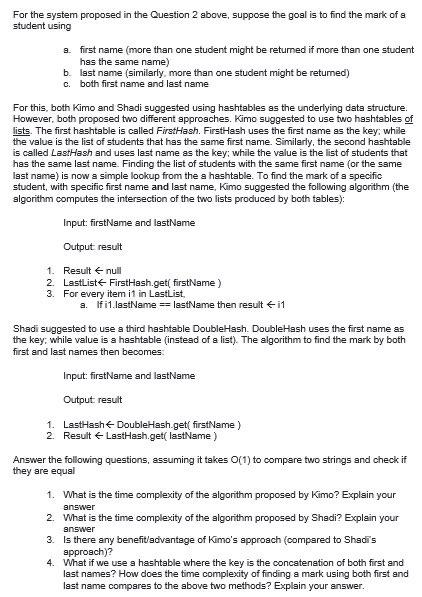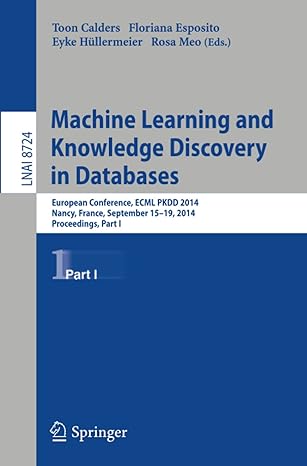Answered step by step
Verified Expert Solution
Question
1 Approved Answer
Course: algorithms of data structure based on the question of this answer https://www.chegg.com/homework-help/questions-and-answers/course-complexity-theory-data-structures-please-answer-shown-questions-explanation-one--ex-q107647523 please make sure that the answer is correct, I will vote up
Course: algorithms of data structure
based on the question of this answer https://www.chegg.com/homework-help/questions-and-answers/course-complexity-theory-data-structures-please-answer-shown-questions-explanation-one--ex-q107647523
please make sure that the answer is correct, I will vote up and write a good review for sure if the answer is correct. needed urgently Thanks

Step by Step Solution
There are 3 Steps involved in it
Step: 1

Get Instant Access to Expert-Tailored Solutions
See step-by-step solutions with expert insights and AI powered tools for academic success
Step: 2

Step: 3

Ace Your Homework with AI
Get the answers you need in no time with our AI-driven, step-by-step assistance
Get Started


